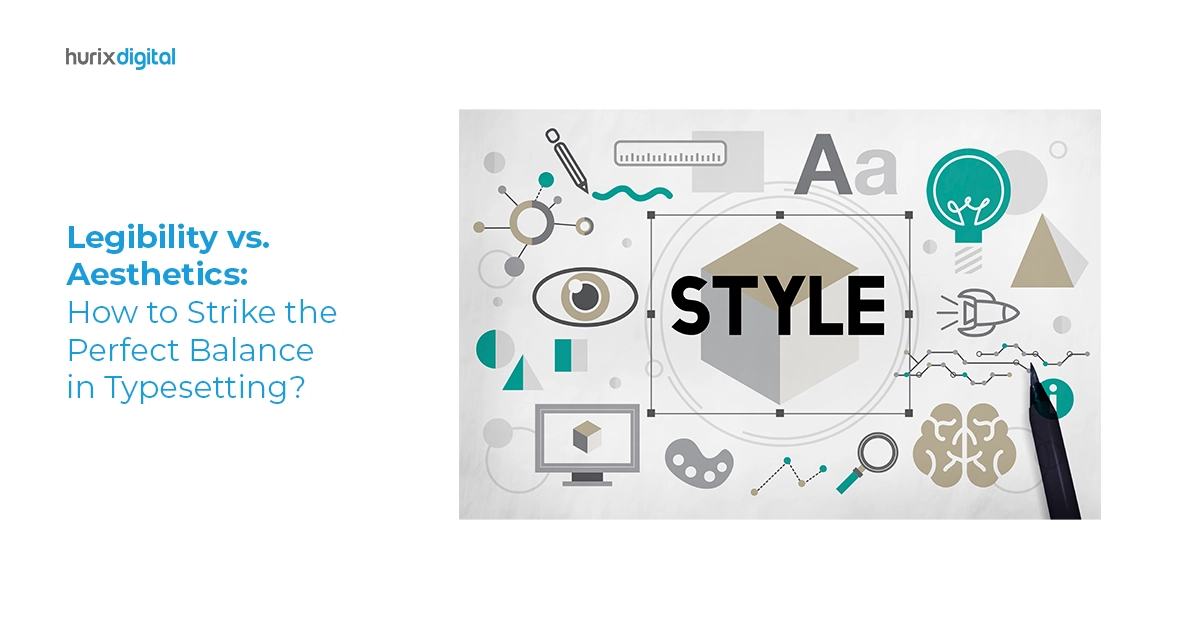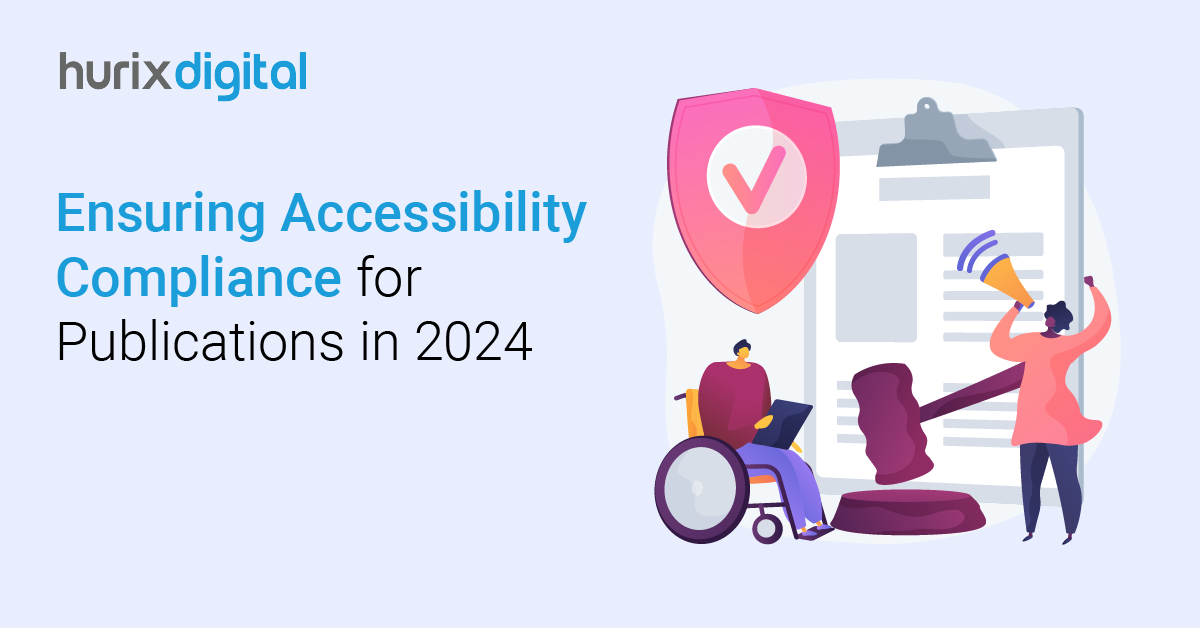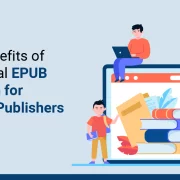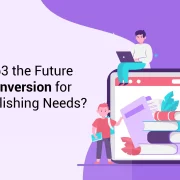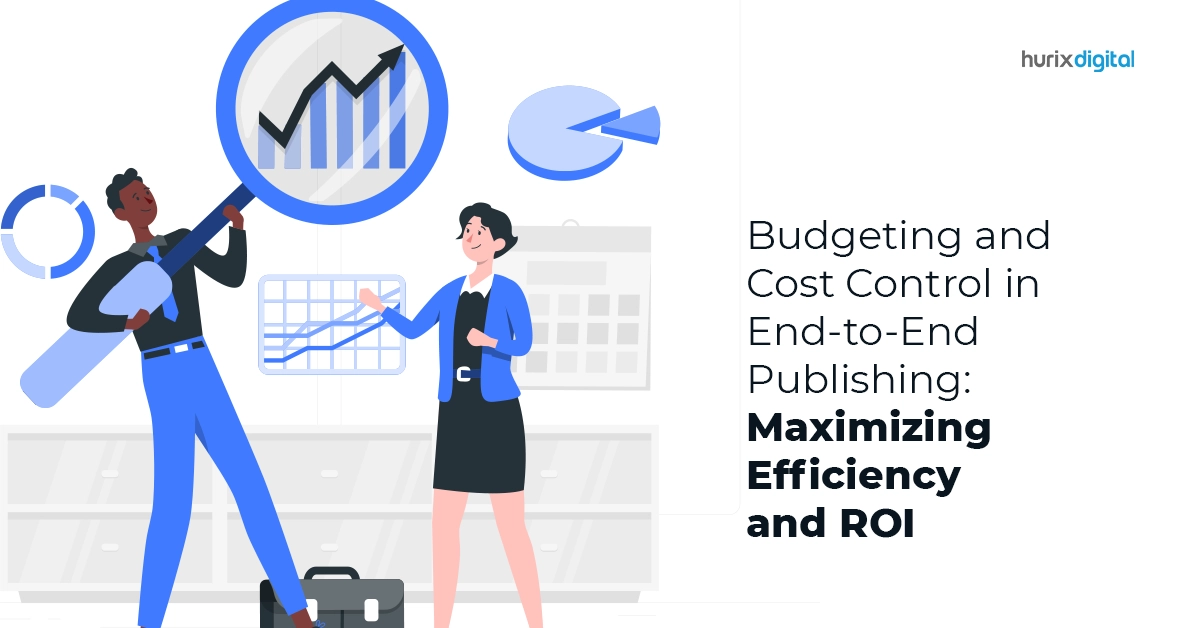
Budgeting and Cost Control in End-to-End Publishing: Maximizing Efficiency and ROI
Summary
This article outlines budgeting and cost control strategies for publishing. Learn how end-to-end solutions can optimize financial management and boost ROI.
Organizations envision flourishing projects, exceeding client expectations, and achieving internal objectives. Yet, the ground reality paints a different picture. A PMI report paints a sobering landscape: 14% of surveyed IT projects fall short, labeled failures. Only 57% manage to stay within budget, the remaining succumbing to cost overruns.
This grim statistic resonates beyond mere numbers. Cost overruns eat into profit margins and hamstring future initiatives. Consequently, understanding and mastering Project Cost Management becomes imperative for organizational success.
Table of Contents:
- What is an End-to-End Solution for Proposal and Project Cost Management in Publishing?
- Revealing the ROI: Beyond Cost Control
- End-to-End Solutions in Action
- From Proposal to Baseline
- A Seamless Transition with End-to-End Publishing
- Managing Baseline change in End-to-End Publishing
- Implementing End-to-End Digital Publishing Solutions
- The Bottom Line
What is an End-to-End Solution for Proposal and Project Cost Management in Publishing?
Traditional, siloed software solutions often hinder progress, forcing users to contend with disparate databases, conflicting user interfaces, and laborious data transfers. Thankfully, a new era dawns with the introduction of integrated end-to-end Digital Publishing Solutions: a unified platform encompassing proposal generation, project budget management, and cost control functionalities.
An end-to-end solution breaks down these walls, establishing a unified platform that acts as the central nervous system of the publishing operation. This holistic approach facilitates:
- Improved Accuracy and Data Consistency: Shared data eliminates errors and misinterpretations from manual data transfers between separate tools.
- Precise Budgeting: Digital Publishing Solutions allow accurate estimation of costs at the outset by factoring in author advances, printing expenses, marketing budgets, and more. Real-time insights allow for dynamic adjustments and proactive cost-control measures.
- Transparent Rights Management: Track and manage complex book rights across territories and languages, ensuring accurate royalty calculations and maximizing author satisfaction. Eliminate revenue leaks and optimize royalty distribution with automated workflows.
- Streamlined Inventory Control: Monitor stock levels, anticipate demand, and optimize printing runs to minimize overstocking and costly warehousing fees. Data-driven inventory management ensures books are readily available when needed, maximizing sales and minimizing waste.
- Enhanced Efficiency: Streamlined workflows reduce time spent juggling disparate software and navigating clunky interfaces.
- Reduced Costs: Eliminate the need for expensive add-ons and fragmented tool licenses with comprehensive, integrated Digital Publishing solutions.
- Enhanced Collaboration: Foster seamless communication and information sharing between editors, designers, marketers, and production teams. This collaborative environment reduces errors, accelerates workflows, and improves operational efficiency.
Revealing the ROI: Beyond Cost Control
The benefits of end-to-end Digital Publishing Solutions extend far beyond mere cost control. Optimize resource allocation and cultivate new efficiencies, maximizing the value of your software investment. This integrated approach promotes a cascade of positive outcomes, including:
- Increased Profits: By optimizing resource allocation, minimizing waste, and maximizing royalties, an end-to-end solution fuels profitability and empowers publishers to invest in new talent and innovative projects.
- Reduced Time to Market: Streamlined workflows and accelerated decision-making shorten the path from manuscript to bookshelf, enabling publishers to capitalize on market trends and reach readers faster.
- Enhanced Author Relationships: Transparent rights management and efficient royalty distribution build trust and foster mutually beneficial partnerships with authors, attracting and retaining top talent.
- Data-driven Decision-Making: Real-time insights into project performance, sales trends, and marketing effectiveness empower publishers to proactively address potential overruns in the estimation of costs and make informed decisions regarding risk assessment.
- Accelerate Project Execution: Establish a clear budget baseline and efficiently manage changes throughout the project lifecycle.
- Risk Assessment and Improved Compliance: Ensure cost data integrity and streamline reporting requirements with a unified platform.
End-to-End Solutions in Action
Imagine crafting winning proposals without battling spreadsheets or wrestling with disjointed software systems. An end-to-end solution bridges this gap, offering a seamless experience from bid creation to project completion.
Here’s what this transformation looks like in practice:
- Streamlined Workflow: Digital Publishing Solutions allows team roles and responsibilities to be clearly defined within the platform, providing complete visibility into the proposal development and approval process. No more chasing information or wondering who’s holding up progress.
- Effortless Project Initiation: Start strong with base templates containing pre-populated calendars, rates, and resource structures. Tailor them to the specific proposal, saving valuable time and ensuring consistency.
- Schedule-Driven Cost Control: Time-phased estimation of costs integrates seamlessly with the scheduling tool, ensuring accuracy and preventing scope creep. Costs are dynamically adjusted as timelines shift, providing real-time insights into project finances.
- Comprehensive Rationale and Documentation: Capture the “why” behind your estimates. Integrate the basis of estimate rationale, risk assessment, and assumption documentation directly within the cost data, creating a single, transparent source of truth.
With Digital Publishing Solutions, proposal teams deliver a high-quality, data-driven estimation of costs in record time. Transparency and reliability build trust with clients, increasing win rates and solidifying your reputation as a dependable, data-savvy partner.
Your compelling proposal, supported by verifiable cost estimate data, positions you above the competition, propelling you toward contract signing.
Also Read: How to Automate Your Publishing Workflow Management?
From Proposal to Baseline
Awarded the contract? Congratulations! Now, the race to establish a robust budget baseline begins.
Here is how it unfolds:
- Effortless Handoff: The proposal team seamlessly transfers the reins to the project control team, leveraging the proposal cost estimate data within a single, integrated platform. No more time-consuming data reconstruction or manual entry – just a swift transition fueled by digital continuity.
- Instant Data Acces: The project control team inherits a meticulously prepared foundation, including data structure, calendars, rates, resource structures, and time-phased cost data. This comprehensive package eliminates the need for manual setup, saving valuable time and ensuring accuracy.
- Updated Rationale: The basis of estimate documentation, previously crafted during the proposal phase, remains accessible for review and updates as needed. This living record substantiates the budget plan, facilitates work package earned value assignments, and plays a crucial role in establishing a defensible budget baseline.
- Schedule-Driven Baseline: Cost and schedule integration lies at the heart of Digital Publishing Solutions. The budget baseline aligns with the project schedule, ensuring cost projections adapt to schedule changes. This real-time harmony eliminates surprises and safeguards profit margins.
Integrated Project Cost Management software empowers project control teams to hit the ground running, setting the stage for informed decision-making and proactive cost control throughout the project lifecycle.
A Seamless Transition with End-to-End Publishing
As the curtain rises on project execution, comprehensive Digital Publishing Solutions empower teams to:
1. Unify Data
Organize a comprehensive set of project-related costs, including time-phased budgets, earned value, the actual estimation of costs to complete, and projected completion figures. This centralized repository acts as a single source of truth, ensuring transparency.
2. Align Schedule and Budget
Establish and maintain a schedule-driven budget baseline, ensuring that financial projections dynamically adapt to any modifications in the project timeline. This alignment safeguards against costly disconnects while promoting a consistent understanding of project progress.
3. Optimize Staffing
Maintain a staffing plan that seamlessly aligns with the current schedule and anticipated work requirements. This agile approach optimizes resource allocation, minimizes delays, and empowers teams to adapt swiftly to evolving project needs.
4. Measure Performance
Calculate earned value metrics, including material price and usage variances, to assess project health and identify areas for improvement. These insights enable proactive course corrections and ensure projects remain on track financially.
5. Visualize Trends
Uncover patterns and insights through standard line charts and graphs, facilitating a deeper understanding of project performance and informing strategic decisions.
Managing Baseline change in End-to-End Publishing
Authors and editors can collaborate on changes through a shared workflow process by seamlessly integrating proposal software with cost-control tools.
- Work Authorization Made Easy: Need to revise chapter lengths or tweak marketing strategies? An intuitive Budgeting and Cost Control software solution streamlines work authorization requests, ensuring proper approvals and cost estimates before implementing changes.
- Budget Baseline: As changes are approved, the budget baseline automatically adapts, reflecting the new realities of the project. This dynamic approach ensures that financial forecasting remains accurate, preventing cost overruns and safeguarding profit margins.
- Empowering Agility: With a transparent view of project modifications and their financial impact, publishers can confidently embrace revisions, experiment with new ideas, and navigate dynamic market trends. This flexibility fosters innovation, leading to robust, more engaging content.
Implementing End-to-End Digital Publishing Solutions
1. Assess and Design
Begin by conducting a critical audit of your current publishing process. Pinpoint pain points, identify data silos, and envision your ideal workflow.
2. Unify
Ensure seamless integration between manuscript tracking, editorial tools, cost control, and marketing platforms. This shared language empowers collaborative decision-making and streamlines communication.
3. Workflow
Craft intuitive workflows that guide teams through best practices. Automate repetitive tasks like budget updates and royalty calculations, freeing your talent for what they do best: crafting captivating stories.
4. Feedback
Embrace an iterative approach. Gather feedback from all stakeholders, from authors to editors, to continuously refine the system. Remember, your end-to-end solution is a living manuscript, evolving alongside your publishing journey.
Also Read: How to Design Eye-Catching Book Covers for Print Publishing in 2024!
The Bottom Line
A Budgeting and Cost Control Software solution transforms project management, delivering enhanced efficiency, reduced costs, and superior data quality. This integrated approach empowers informed decision-making, propels project success, and drives organizational growth by eliminating the roadblocks of fragmented tools.
Simplify proposal development, project execution, and cost control with intuitive tools and tailored workflows. Foster a culture of ongoing optimization with Hurix Digital’s expert Digital Publishing solutions and commitment to your success. Reach out to us for personalized publishing solutions today!

Vice President – Digital Content Transformation. He is PMP, CSM, and CPACC certified and has 20+ years of experience in Project Management, Delivery Management, and managing the Offshore Development Centre (ODC).
